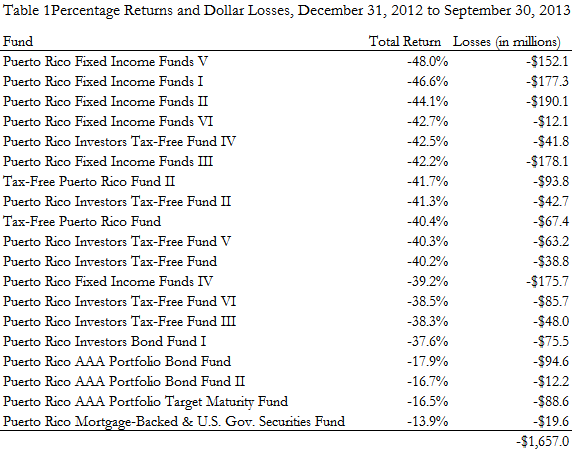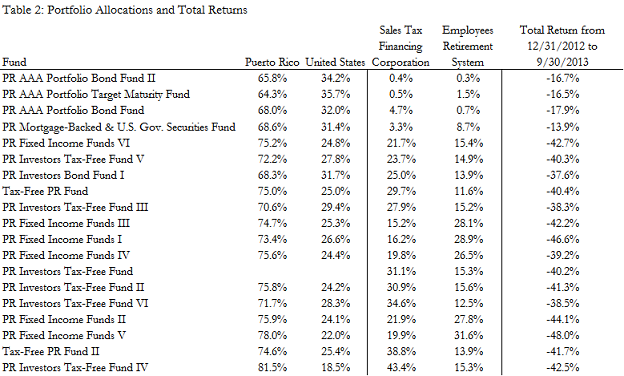
Dec 2013

"Pursuant to the Commissioner's ruling, the Commissioner of Financial Institutions imposed certain restrictions on the fund and granted the fund certain waivers from the provisions of the Puerto Rico Investment Companies Act....The fund is allowed to hold investments in Puerto Rico Securities and U.S. Government securities in each case in excess of the 25% limitation on investments in a single issuer imposed by section 2 of the Puerto Rico Investment Companies Act."
